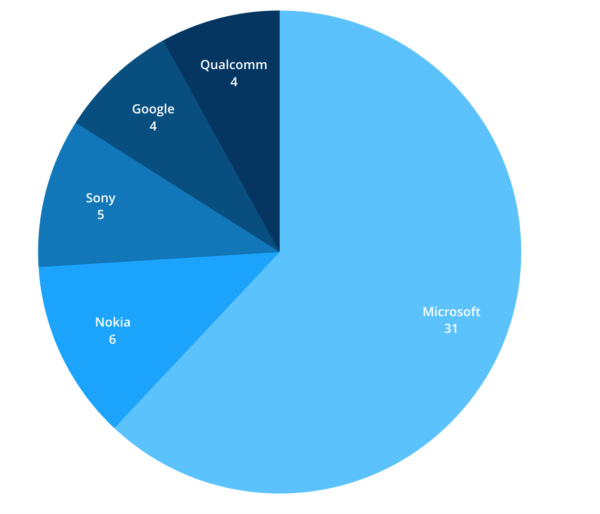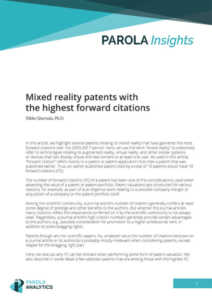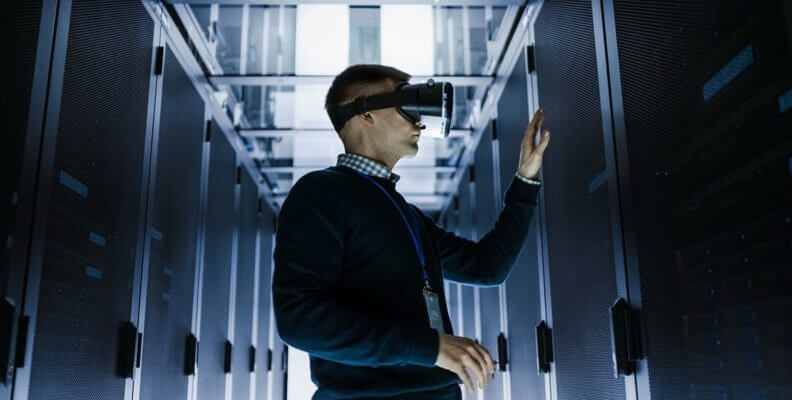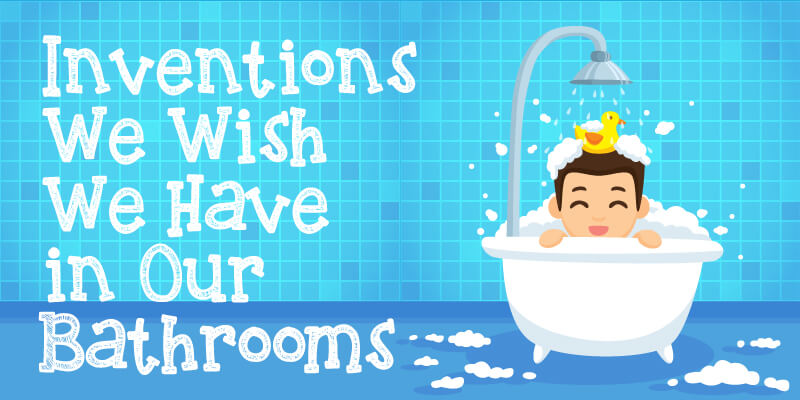The number of forward citations (FC) of a patent has been one of the considerations used when assessing the value of a patent or patent portfolio. Patent valuations are conducted for various reasons, for example, as part of due diligence work relating to a possible company merger or acquisition of a company or the patent portfolio itself.
Among the scientific community, a journal article’s number of citations generally confers at least some degree of prestige and other benefits to the authors. But whether the journal article’s many citations reflect the importance conferred on it by the scientific community is not always clear. Regardless, a journal article’s high citation numbers generally provide certain advantages to the authors, e.g., possible consideration for promotion to a higher professorial rank, in addition to some bragging rights.
Patents though are not scientific papers. So, whatever value the number of citations bestows on a journal article or its author(s) is probably mostly irrelevant when considering patents, except maybe for the bragging right part.
Fig. 1 shows the top five companies (Microsoft, Nokia, Sony, Google, and Qualcomm) whose patents have the most FC over the period 2003-2017.

Fig. 1. Companies that own the most patents among the top 52 mixed reality patents with the highest number of forward citations over the period 2003-2017.
Table 1 lists the top 20 mixed reality patents with the most FC. One thing to note about the companies shown in Fig. 1 and Table 1 is the patents’ being all assigned to only five very well-known tech companies. Among these patents, 13 are assigned to Microsoft. The rest are distributed among Nokia (3 patents), Sony (2 patents), Google (1 patent), and Qualcomm (1 patent).
Table 1. Top 20 mixed reality patents with the most forward citations over the period 2003-2017.
| Patent Number | Assignee | Number of Forward Citation | Cited By | Effective Filing Date | Number of Claims |
|---|---|---|---|---|---|
| 1. US8547401 (“Portable augmented reality device and method”) | Sony | 320 | Xerox, Nintendo, Ford, Dassault, Intel, AT&T, Microsoft, Sharp, Nokia, Lockheed Martin, Ebay, IBM, Disney, Google, Qualcomm, Samsung, Magic Leap, Activision, etc. | 8/19/04 | 13 claims (3 independent) |
| 2. US9384594 (“Anchoring virtual images to real world surfaces in augmented reality systems”) | Qualcomm | 260 | Samsung, Apple, Intel, AT&T, Microsoft, LG, Google, Sony, IBM, Xerox, etc. | 3/29/11 | 108 claims (4 independent) |
| 3. US8576276 (“Head-mounted display device which provides surround video”) | Microsoft | 187 | Google, Toshiba, Osterhout, Dell, Siemens, Magic Leap, Apple, Qualcomm, IBM, Nokia, Samsung, etc. | 11/18/10 | 20 claims (3 independent) |
| 4. US8012023 (“Virtual entertainment”) | Microsoft | 173 | Disney, Google, Nokia, Magic Leap, Sun Microsystems, Matsushita, Compaq, Fujitsu, Nintendo, Nvidia, Lucent, IBM, Sony, NEC, etc. | 9/28/06 | 20 claims (3 independent) |
| 5. US8814691 (“System and method for social networking gaming with an augmented reality”) | Microsoft | 141 | Philips, Sony, Apple, Nintendo, Lockheed Martin, Google, Magic Leap, Nokia, Amazon, Samsung, Motorola, Intel, Qualcomm, Nvidia, LG, Johnson & Johnson, Philips, Toyota, Toshiba, etc. | 2/28/10 | 32 claims (3 independent) |
| 6. US7991220 (“Augmented reality game system using identification information to display a virtual object in association with a position of a real object”) | Sony | 139 | Samsung, Canon, Amazon, Blackberry, Disney, Microsoft, Nintendo, etc. | 9/1/04 | 26 claims (4 independent) |
| 7. US8644842 (“Personal augmented reality advertising”) | Nokia | 130 | Sony, LG, Samsung, Microsoft, Qualcomm, HP, etc. | 9/4/07 | 20 claims (4 independent) |
| 8. US9292973 (“Automatic variable virtual focus for augmented reality displays”) | Microsoft | 126 | Sony, Magic Leap, Qualcomm, Panasonic, Osterhout, Motorola, Google, Intel, etc. | 11/8/10 | 17 claims (3 independent) |
| 9. US8094928 (“Stereo video for gaming”) | Microsoft | 125 | LG, Microsoft, Intel, Nokia, Sony, Apple, Amazon, HTC, etc. | 11/14/05 | 27 claims (3 independent) |
| 10. US9342610 (“Portals: registered objects as virtualized, personalized displays”) | Microsoft | 122 | Sony, Qualcomm, Google, Nokia, Honda, Disney, Fujitsu, Panasonic, Audi, AT&T, Universal City Studios, Oculus VR, etc. | 8/25/11 | 20 claims (3 independent) |
| 11. US8998414 (“Integrated eye tracking and display system”) | Microsoft | 121 | Sony, Oculus VR, Google, Osterhout, IBM, etc. | 9/26/11 | 12 claims (2 independent) |
| 12. US8933889 (“Method and device for augmented reality message hiding and revealing”) | Nokia | 117 | Fujitsu, AT&T, Apple, Motorola, Microsoft, Sony, Samsung, Qualcomm, IBM, Google, etc. | 7/29/05 | 17 claims (3 independent) |
| 13. US8611015 (“User Interface”) | 115 | Osterhout, Microsoft, Oculus VR, Magic Leap, Sony, LG, Samsung, etc. | 11/22/11 | 25 claims (4 independent) |
|
| 14. US9348141 (“Low-latency fusing of virtual and real content”) | Microsoft | 111 | Siemens, Qualcomm, Amazon, Google, Boeing, Motorola, Magic Leap, Nokia, Lockheed Martin, Audi, Sony, Lucasfilm, HTC, Samsung, etc. | 10/27/10 | 13 claims (2 independent) |
| 15. US8847988 (“Exercising applications for personal audio/visual system”) | Microsoft | 107 | Cisco, Magic Leap, Sony, Google, Osterhout, etc. | 9/30/11 | 20 claims (3 independent) |
| 16. US8427508 (“Method and apparatus for an augmented reality user interface”) | Nokia | 105 | Qualcomm, Google, Microsoft, Sony, Magic Leap, AT&T, IBM, etc. | 6/25/09 | 20 claims (3 independent) |
| 17. US8264505 (“Augmented reality and filtering”) | Microsoft | 104 | Sony, LG, Qualcomm, Honda, IBM, Cisco, Disney, Samsung, Nokia, Snapchat, Facebook, Warner Bros., etc. | 12/28/07 | 17 claims (3 independent) |
| 18. US8767014 (“Automatic text scrolling on a display device”) | Microsoft | 104 | Fujitsu, Amazon, Panasonic, Nokia, Sony, Google, Qualcomm, HP, Siemens, Oculus VR, Magic Leap, etc. | 7/22/11 | 17 claims (3 independent) |
| 19. US9213405 (“Comprehension and intent-based content for augmented reality displays”) | Microsoft | 103 | LG, Sony, Magic Leap, Panasonic, Google, Qualcomm, HP, etc. | 12/16/10 | 20 claims (3 independent) |
| 20. US8487838 (“Gaze detection in a see-through, near-eye, mixed reality display”) | Microsoft | 98 | Google, Sony, Qualcomm, Intel, Nokia, Motorola, Oculus VR, Audi, Osterhout, Volkswagen, Lockheed Martin, etc. | 8/29/11 | 19 claims (3 independent) |
Why does Forward Citation matter?
FC may be used as one of the factors to consider for predicting an industry’s trajectory.
A patent’s value or the strength of patent claims does not necessarily correlate with a patent’s’ number of FC. So, the question is: what significance can we attach to a patent’s number of FC? For one, a high number of FC for many related patents can be an indication of the amount of patenting and R&D activity, and thus of substantial economic investment, in a technology area. In turn, the significant amount of investments being devoted by many companies, especially large ones, in a specific technology area suggests where the industry is headed. This is because the biggest and most well-known tech companies have the clout and resources to shepherd an industry toward a certain direction, and they usually do.
Also, a patent forward-cited by many companies suggests those companies are also investing in identical or similar technologies covered by the patent’s claimed invention. The reason is patentees are required to submit references to the USPTO that they believe are material to the patentability of their claimed inventions. Thus, one can reasonably assume that the citing patents or patent applications also cover the same, or similar, subject matter as those of a cited patent.
FC can be used with other criteria to predict how competitive a market segment will be.
How does the amount of investments and number of companies investing in a technology relate to the perceived value of a patent? A possible answer lies on the number of competing products that appear on the market. The more companies there are that invest in a given technology area, the more likely it is that many competing products based on the technology will be commercialized. This in turn increases the likelihood that at least some of those products on the market will be covered by one or more patents relating to the technology on which those products may be based on.
For a potential patent buyer, having potentially many products on the market makes the patents attractive acquisition targets. The more products there are on the market that are potentially covered by the patents, the greater the amount of potential income, such as licensing revenues, that the patents could bring to the patent owner. In addition, a buyer who ends up owning those patents becomes unencumbered by potential infringement of those patents.
FC by many well-known and large companies suggest the importance of a technology area.
Another possible and equally, if not more, important consideration for determining the value of a patent is the size or reputation of the companies that have forward-cited a patent. The biggest and most well-known tech companies are likely to invest mainly in those technologies that will enhance their competitiveness within an industry. For example, when a company invests in a technology area, the general expectation is the patents’ claimed inventions will contribute to enhancing the company’s profitability (e.g., through out-licensing or from the sales of products based on the company’s patented inventions).
Thus, patents owned by the biggest technology companies tend to be generally considered valuable partly because the inventions claimed in those patents are usually key to securing and protecting each company’s industry market share for the next many years. Also, products based on those claimed inventions are presumably more likely to succeed in the marketplace because big companies typically spend significantly to develop those products. Those large investments help ensure that the products that eventually come out on the market will be technologically more advanced compared to earlier generations of similar products.
Thus, the higher the number of large companies that forward-cite a patent, the more likely it is that the invention claimed in a patent falls within a technology sector generally considered critical by the industry. And if the patent has a high number of FC, and many of those FC are from big and well-known companies, chances are the patent will be considered more valuable than one forward-cited by only few or small and lesser-known entities.
Learn More
In this article, we highlight several patents relating to mixed reality that have garnered the most forward citations over the 2003-2017 period. Here, we use the term “mixed reality” to collectively refer to technologies relating to augmented reality, virtual reality, and other similar systems or devices that can display virtual and real content to at least one user. As used in this article, “forward citation” refers mainly to a patent or patent application that cites a patent that was published earlier. Thus, an earlier-published patent cited by a total of 10 patents would have 10 forward citations (FC).
Here, we discuss why forward citations can be relevant when performing some form of patent valuation. We also describe in some detail a few selected patents that are among those with the highest FC.
PATENT LANDSCAPE REPORT







